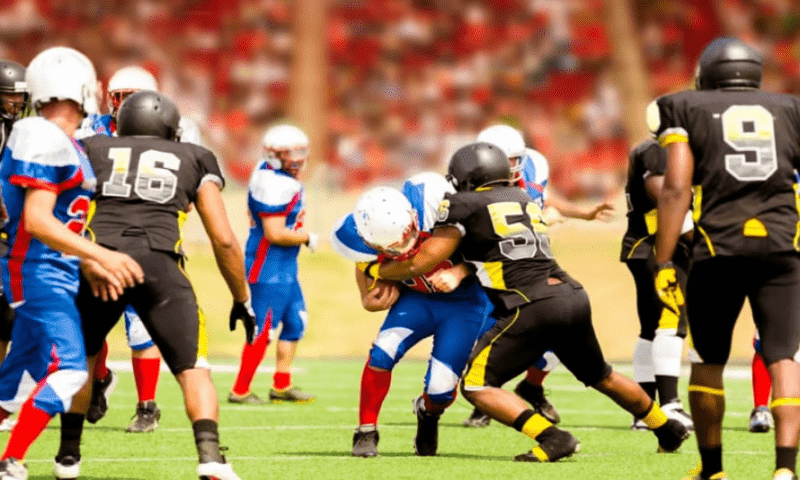The National Football League aims to expand a study that tracks on-field head impacts using sensors embedded in custom mouthguards by adding NCAA players from participating universities.
The college-level program first launched in 2021 with four schools: the University of Alabama, University of North Carolina at Chapel Hill, University of Washington and University of Wisconsin. Now, the NFL said it will also work with teams from University of Florida, University of Georgia, University of Pittsburgh and Vanderbilt University. Participation among players is voluntary.
The NFL’s concussion protocols have recently come under higher scrutiny, following back-to-back head injuries suffered by Miami Dolphins quarterback Tua Tagovailoa this past September. After being pulled from a game against the Buffalo Bills, Tagovailoa was cleared to play four days later against the Cincinnati Bengals.
During that game, after being sacked and hitting his head, Tagovailoa involuntarily flexed his arms and fingers in what has been described as the body’s fencing response, a sign linked to traumatic brain injury. Tagovailoa later told reporters he did not remember being carried off the field.
The NFL’s research project with college student-athletes will collect data on the forces in play during a head collision. The customizable digital mouthguards will be fit to each player through a partnership with Align Technology, the company behind the Invisalign brand of teeth straighteners.
The league said the research, which includes more than 250 players, could help inform the design of position-specific helmets or future changes to the game’s rules. A similar program using tech-enabled mouthguards has also been employed at four NFL professional teams.
The data itself will be anonymized and analyzed by the engineering consultant firm Biocore, as well as the Center for Injury Research and Prevention at The Children’s Hospital of Philadelphia, the NFL said.
“Having athletes wear mouthguards with sensors embedded into them will help us understand the specifics of head impacts and the force that may be transmitted to the brain,” Douglas Terry, co-director of the Vanderbilt Sports Concussion Center, said in a release. “We’ll be able to examine what players/positions get the most hits, the amount of force sustained, the direction of that force, and the types of plays that lead to these impacts.”

